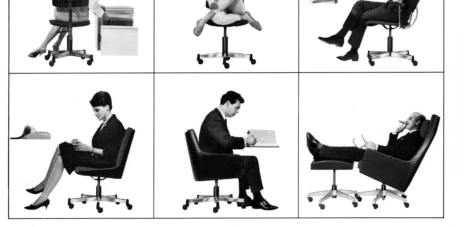January 19, 2023
Third of firms believe hybrid working improves productivity, but at a cost
 A poll from the latest Bupa Global Executive Wellbeing Index suggests that over a third (35 percent) of UK business leaders feel implementing hybrid working has brought greater productivity to their organisations. Over a quarter (29 percent) of UK executives said they had now embraced the benefits of hybrid working despite being previously dubious about the practice, with more than two-fifths (44 percent) saying they personally enjoy the flexibility of a hybrid workplace. Overall, over a third of UK business leaders (35 percent) agreed that working from home increases productivity. (more…)
A poll from the latest Bupa Global Executive Wellbeing Index suggests that over a third (35 percent) of UK business leaders feel implementing hybrid working has brought greater productivity to their organisations. Over a quarter (29 percent) of UK executives said they had now embraced the benefits of hybrid working despite being previously dubious about the practice, with more than two-fifths (44 percent) saying they personally enjoy the flexibility of a hybrid workplace. Overall, over a third of UK business leaders (35 percent) agreed that working from home increases productivity. (more…)























 All of humanity’s problems,” the French scientist and philosopher Blaise Pascal wrote in 1654, “stem from man’s inability to sit quietly in a room alone.” He may have been right, but then again, sitting in a room alone isn’t necessarily a great state of permanent being either. There was a time we used to talk with dismay about the Japanese phenomenon of intense social distancing known as hikikomori. We would consider with horror the isolation, lack of engagement with society, poor mental health and loneliness of the people who had almost completely withdrawn to their rooms. Those poor bastards locked up in enclosed spaces linked to the outside world only by screens.
All of humanity’s problems,” the French scientist and philosopher Blaise Pascal wrote in 1654, “stem from man’s inability to sit quietly in a room alone.” He may have been right, but then again, sitting in a room alone isn’t necessarily a great state of permanent being either. There was a time we used to talk with dismay about the Japanese phenomenon of intense social distancing known as hikikomori. We would consider with horror the isolation, lack of engagement with society, poor mental health and loneliness of the people who had almost completely withdrawn to their rooms. Those poor bastards locked up in enclosed spaces linked to the outside world only by screens. 










December 22, 2022
How businesses can support employee wellbeing over a difficult festive period
by Louise Aston • Comment, Wellbeing